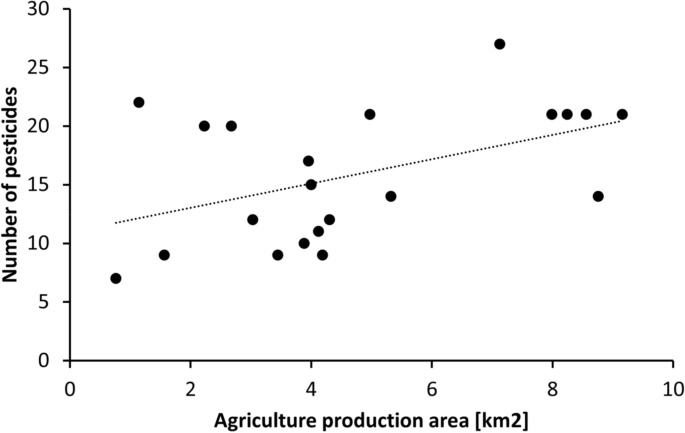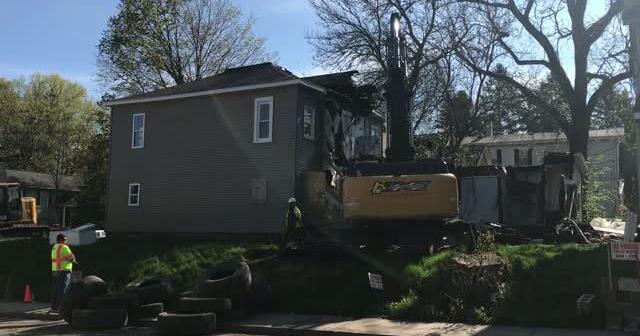I remember sitting in one of my master gardening classes and first learning about the importance of native plants.
Even though I was a lifelong gardener, that night I felt like I had my eyes opened so I could see backyard gardening in a whole new way. Then I began to understand how the choices we make when choosing trees, shrubs, and plants can have lasting effects on the insects and animals that depend on them.
And so began my journey.
The populations of native bees, butterflies, and other beneficial insects are declining. They are affected by pesticide use, habitat loss and disease. The effectiveness and use of pesticides has increased, negatively affecting helpful insect populations. People continue to break up tracts of land that might otherwise aid pollinators for roads, homes, and other developments.
Many native insects and birds rely on certain native plants for food or shelter. Often the non-native plants that we have introduced into our home gardens are beautiful, but offer little value as a source of food. The combined effects can be devastating for the pollinators we depend on.
Inspired as a master gardener in training, I convinced my wife that we should convert our flower gardens to native plants. Moving to a new home a few years ago gave us a bit of a blank canvas for such an endeavor.
A look back at a few months earlier when the Fayette County Master Gardeners decided to be more active in promoting the Pollinator Friendly Garden Certification program. The program is designed to advise and reward gardeners who create pollinator-friendly backyard gardens. It is a nationwide outreach program by the Penn State Extension Master Gardener Program. Certified garden owners receive a certificate and can purchase a garden sign for display.
Tending to native plant gardens provides our native pollinators with the nectar and pollen they need to thrive. Certification of a pollinator garden begins with a good selection of native plants. Gardeners are encouraged to plant an array of flowering trees, shrubs, and plants that bloom in spring, summer, and fall to provide food and shelter throughout the season.
Certified gardens must also include access to clean water (bird baths, springs, streams, or other water features) as well as nesting sites such as old piles of wood or stone, nesting tubes, or even patches of clear soil. The combination of these traits with sound gardening practices in the environment and limited or no use of pesticides can have real and lasting benefits for our pollinators. And while any pollinator-friendly garden is beneficial, this is a case of “more is better”.
Flash forward again until a few weeks ago. I was expecting my friend and fellow gardener, Judy, to tour my gardens and check for certification. I was excited to show off the hard work my wife and I had done. But on an overly warm April morning, I also felt a bit like I was going on an unprepared final exam.
When she arrived, I showed her our first local flower bed. Work on it began over two years ago. The previous owner had left us a number of beautiful plants and hedges that bordered our house.
This south-facing bed was covered with a couple of arborvitae hedges, thistle and sackberry plants. My wife and I worked to clear it up and we planted natives last spring.
When we started Judy asked me about a plant that appeared, and with undue confidence I replied, “It’s a weed.” She quickly advised me that it was clearly some kind of aster. We laughed at the fact that I didn’t know. A plant identification app let us know it was a New England Aster, Symphyotrichum novae-angliae, that I planted last year.
We went to a small stone circle garden that I laid around an artificial rock covering an unsightly old gas pipe. Remains of last season’s purple sun hat caught her eye. I have a lot of purple sun hats. That deserves a positive tick. A little further on, my goldenrod, Solidago rugosa and bee balm, Monarda didyma, are well on their way. Two more large, positive check marks. I felt my confidence increase.
With a short walk around the house, we assessed hedges and trees. Mountain laurel, smooth hydrangea, red oak and twelve blueberry hedges, all of them native, were ticked off. I was floating inside.
When I pointed out the water and nesting features in my landscape, Judy asked if I have native violets. It was a joke. One that I missed in my nervousness and excitement. We laughed again when I noticed the carpet of tiny purple flowers that shone out by the thousands over my entire garden. One final review and the review was done.
In the end, it turned out that there was no real reason to be afraid. Showing my hard work to a good friend and master gardener was a rewarding experience and, in reality, not a final exam at all. I got the expert advice and feedback I was hoping for. The time outside of discussing garden plans and plants after the turbulence and isolation of 2020 felt just fantastic.
You may be wondering if my garden has been certified as pollinator friendly. That answer is absolutely … not yet. At best, it’s too early to tell. Many of my plants have not reappeared. While it was too early for some, it is clear that I lost quite a few. Even some survivors, like the New England Aster, have not returned in sufficient numbers. I still have work to do. But that’s fine.
While I look forward to a day when I can say we have a certified pollinator garden, certification isn’t the goal. Even when I came up short, I realized that real progress was being made. Certified or not, my gardens are already a friendlier place for native pollinators. Whether due to setbacks or new ideas, I can see that my garden will never be “finished”. The reward comes from doing. It is a journey that may lack a final destination, but it is a journey with purpose.








